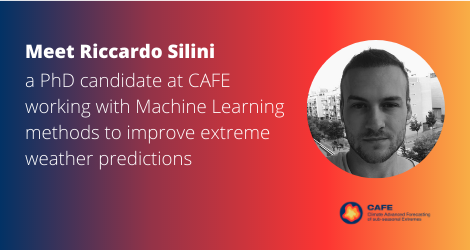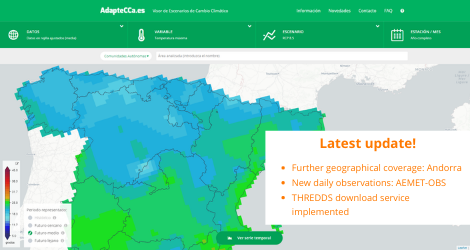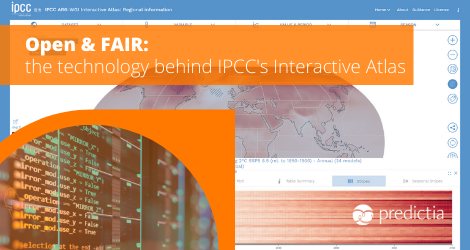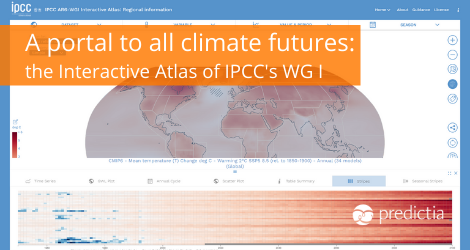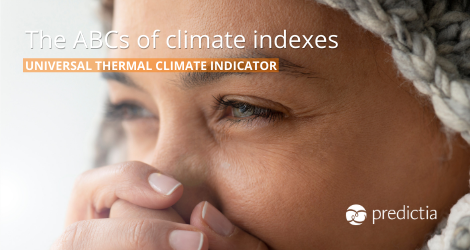Up in northeastern Canada there’s a town with a wall-like structure that is 50 metres high, 1.3 kilometres long, and protects its citizens from the chilling winter winds. The town is Fermont, with a population of ~2500 people. And the “Mur-Écran” (as it is known by the Fermontois) is not solid like the wall in Game of Thrones.
Blog
Here you will find our latests news, updates about our work and our view about all things related to Big Data, climate services and health. Enjoy it and don't miss a thing: follow us on Social Media!
Extreme weather events leave tremendous impacts on society. Just in 2021 the impact of extreme weather were enormous throughout the globe, as detailed by the World Meteorological Organization in its 2021 State of the Climate. High temperatures brought rain - rather than snow - to Greenland's ice for the first time. Canadian glaciers underwent rapid melting.
We've updated the AdapteCCa Climate Change Scenario Viewer with new functionalities!
A month ago, the final version of the Interactive Atlas of the IPCC was unveiled. Now that the dust has settled, we want to provide a peek into the technicalities behind its implementation. After all, we learnt some lessons after processing hundreds of TBs (with over 1.5 million hours of computing time) that we want to share with you. This will be a long post, so we have splitted it up into some sections, for those of you that are interested in some specific aspects:
An overview of all possible climate futures is just a click away. That is what the IPCC Interactive Atlas allows. We were part of the IPCC Atlas team, implementing the technical aspects of this website. This involved front-end and back-end development, data processing, quality assurance and a close co-development with IPCC authors and contributors.
25ºC do not feel the same everywhere. While in a coastal city they may start to feel a little too warm, in some inland cities it can even feel a bit chill. Thermometers experience reality in a more limited way than we humans do. We feel not only temperature, but humidity, wind, solar radiation… and the integration of all these factors creates the sensation of being too hot, too cold… or “just perfect”. So, how do we measure this?


